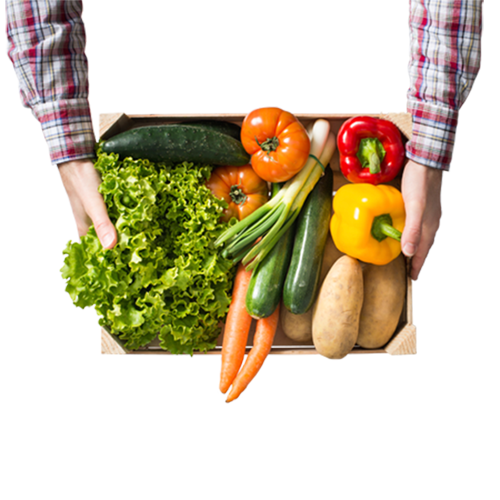The DASH diet is a valuable ally in managing blood pressure. Learn more about it.
HYPERTENSION
Hypertension or high blood pressure is the number one preventable cause of cardiovascular disease in the world. When blood pressure is too high for long periods of time, the arteries harden and lose elasticity, making it difficult for the heart to work. The consequences of high blood pressure on health can be compounded by other factors, increasing the risk of heart attack, stroke, and kidney failure. These factors include smoking, poor diet, excessive alcohol consumption, sedentary lifestyle, stress, obesity, high cholesterol, and diabetes.
There are many strategies that can be used to control a person's blood pressure. Medication is often necessary, but there are several non-pharmacological measures that can help, and the DASH (Dietary Approaches to Stop Hypertension) diet is one of them.
The DASH diet was the subject of a study that compared the impact of sodium (salt) content on blood pressure. A diet containing 3,300 mg per day of sodium (the normal amount consumed here) was compared with diets containing 2,300 or 1,500 mg of sodium. The lower the salt intake, the more significant the reduction in blood pressure, particularly in patients with existing hypertension.
FOOD CHOICES
Developed in the 1990s, the DASH diet focuses on changing dietary habits to reduce blood pressure. Inspired by vegetarianism, it is based on the consumption of:
- fresh fruit (4 to 5 servings/day)
- fresh vegetables (4 to 5 servings/day)
- whole grain products (7 to 8 servings/day)
- nuts, grains, and legumes (4-5 times/week to once a day)
- low-fat dairy products (2 to 3 servings/day), and
- lean meat, fish or poultry (1 to 2 servings/day)
On the other hand, the DASH diet involves reducing the consumption of:
- red meat
- saturated fats
- sweets, and
- salt (1 teaspoon of salt/day)
THE CONCEPT OF "PORTION SIZE"
The number of servings varies based on the diet you choose. However, it is important to remember that a portion is a far cry from the amount of food usually served in a restaurant!
For example, a portion is:
- 1 medium-sized fruit, 180 ml of juice, ½ cup of frozen fruit, ¼ cup of dried fruit
- ½ cup of vegetables, 1 cup of lettuce
- 1 slice of bread, ½ cup of pasta, rice or cereal
- 1 cup of milk, ¾ cup of yogurt, 50 g of cheese
- 90 g of meat, fish or poultry, 1 egg
- ½ cup of legumes, 1/3 cup of nuts
- 1 teaspoon of margarine or oil, 1 tablespoon of dressing or mayonnaise
THE BENEFITS OF THE DASH DIET
The DASH diet has been shown to:
- Reduce blood pressure
- promote weight loss
- lower bad cholesterol (LDL)
These effects can result in an 8 to 14 mmHg drop in systolic blood pressure in people with hypertension. The benefits of the DASH Diet in controlling blood pressure are similar to those of medication taken as monotherapy.
The DASH diet is recommended by the Canadian Hypertension Education Program as a nonpharmacological way to control blood pressure. Don't hesitate to consult a nutritionist to see if it is suitable for you.
INTRODUCING THE DASH DIET
Here are some tips on how to introduce the DASH diet into your daily routine:
- Add a serving of fruits and vegetables for lunch for a few days.
- Gradually add another serving of fruits and vegetables at dinner.
- Gradually increase the number of servings to reach your target.
- Eat fruit or low-fat foods as a dessert or snack.
- Consider meat as part of your meal and not as the main component.
- Read the Nutrition Facts table on food packages.
- Choose foods that are low in cholesterol, saturated fat, and salt.
- Limit your consumption of processed foods.
- Use spices and herbs instead of salt to enhance the flavour of your food.
Think of the DASH diet as a long-term process. Don’t hesitate to speak to your pharmacist for additional information about hypertension and how to manage it or how to choose healthy habits.

